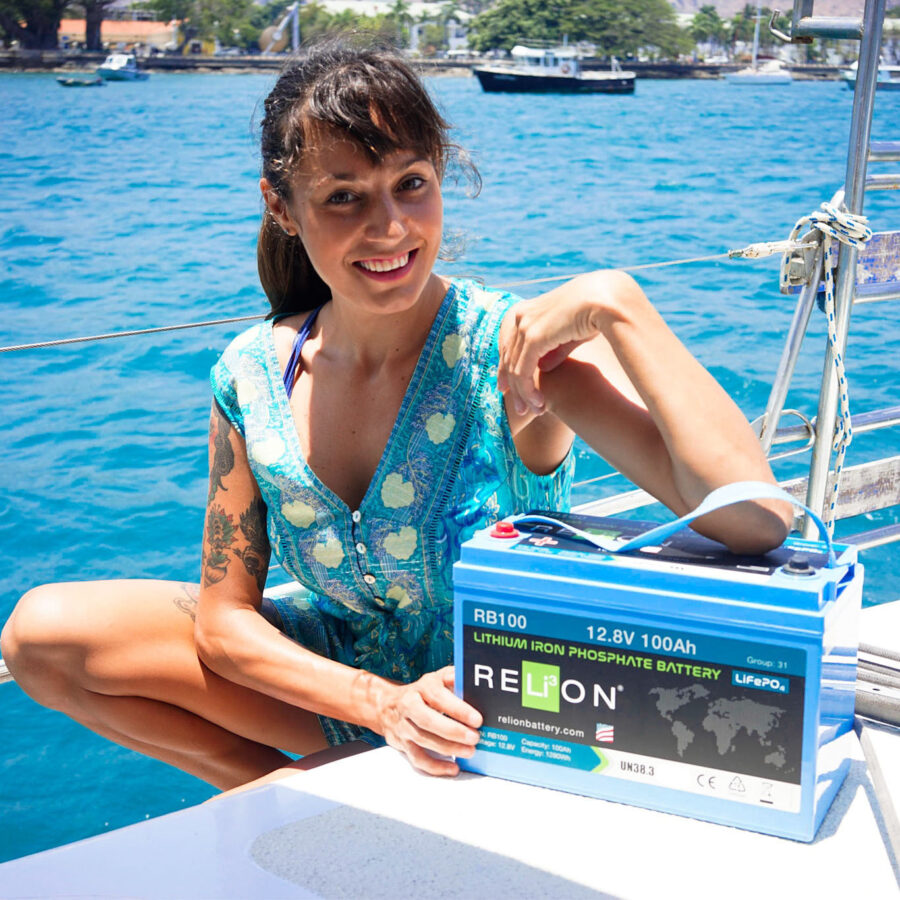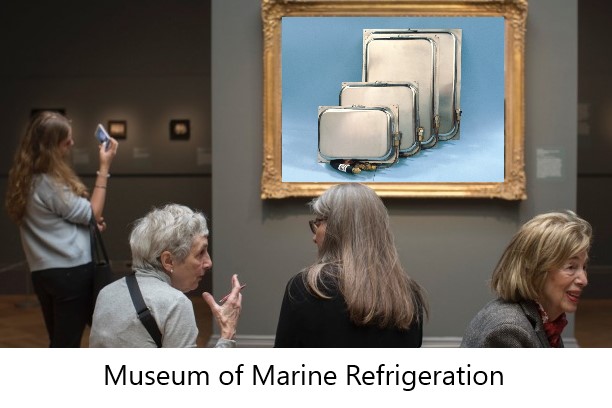Phone: (301) 352-5738
Email: info@CoastalClimateControl.com
Office | Warehouse:
1598 Whitehall Road, Suite D
Annapolis, Maryland 21409
Why you shouldn’t run your Frigoboat Keel Cooled system out of the water
“You’ve been a very naughty boy, Tompkins, and you must take your punishment. Disobedience has consequences.” So says the headmaster in a typical schoolboy romp in the boys’ magazines of my youth. A few whacks from a cane and life goes on, although these days I suspect it might be a virtual whacking incorporating a VR headset.
Unfortunately, some misdeeds require considerably more than just a simple fix, especially some of the mistreatment we see Frigoboat systems subjected to. Sometimes it’s accidental, sometimes it’s over-enthusiasm, but sometimes people also simply ignore the manufacturers’ instructions.
And so it came to pass that the days of the holding plates in marine refrigeration systems has come to an end. Amen to that!
Our “collection” of these expensive, heavy, and cumbersome hunks of stainless steel is now destined for the scrap pile. This long overdue but necessary move will free up valuable warehouse space for more of the aluminum flat-plate evaporators that have all but replaced the holding plate.
But for those of you unfamiliar with these items we should look at what exactly a holding plate is/was.
The debate rages on. Which is best: air cooling or water cooling for marine refrigeration systems?
A refrigeration system doesn’t “make cold”, it removes heat from one area and transfers it to another. There is actually no such thing as “cold”, just heat at different temperatures: cold heat, warm heat, hot heat, etc.
In our small marine refrigeration systems, this heat transfer is accomplished using a compressor and a refrigerant to collect heat from inside an insulated space and disperse it somewhere else via the magic of latent heat. The evaporator is the “heat collector” inside the insulated box while the condenser is the component that disperses that heat elsewhere. While the evaporator is specific for the size and configuration for the application, there are choices to be made regarding condensers and the medium they disperse the heat into.
But first, let's watch a demonstration of how a Frigoboat Keel Cooler System works in extreme tropical water conditions. Then we will discuss how this can be.
NOTE: This refers to small, capillary tube (cap tube) systems only.
1. Do not have someone attempt to assess refrigerant charge level by pressures
Although the suction and discharge pressures will give a savvy technician a rough idea of what’s going on, more importantly it will give them an indication if anything is amiss. Refrigeration parameters are very dynamic, and the pressures, temperatures, and current draw are changing constantly, second by second. Oh, if only it were a simple matter of pumping these things up to certain pressure and Bob’s your uncle, but it just ain’t so.
Fast running refrigeration has its benefits, and it has a downside, too.
There’s quite a variety of passers-by to be seen from my front porch of an evening, and most seem to be walking a dog or two, or three. The majority of walkers fit in a velocity band somewhere between comfortable stroll and brisk jog, but there are also those on the fringes of the extremes, and these are the most interesting to observe.
At the hyper-speed end is Speedy Meanie, and he’s a runner on a mission. He’s lean and long-legged, and usually shirtless (in Summer anyway). He and his hound bound along in perfect synchronicity and appear out of nowhere in a flash, so you need a keen eye to catch him. He’s well known in the neighborhood for having a bit of a mean temper, and woe betide anyone that dares to get in his way. If Speedy Meanie arrives just as one happens to be putting the bins out, one can get an earful of colorful curses if he has to maneuver around them.
At the opposite end of the scale is dear old Ambling Archie. Archie is a truly loveable little dog, and as well as being small, he is very, very slow. Unlike Speedy Meanie, it is Archie that controls the pace, which is excruciatingly slow and difficult to watch, while his companion digs around in his smart-phone for something interesting to help pass the time. Ambling Archie doesn’t go very far, just to the end of the block and back, but it’s all the exercise he needs, and it’s quality time for him and his master.
1. Box no longer reaches desired temperature set point
A refrigerator box should be kept at 35-40F for safe food storage. If your box used to do this, but doesn’t anymore, then you could have insulation degradation, perhaps your thermostat isn’t telling the compressor to turn on when the box gets warmer, there may be a refrigerant leak, or your system may simply be showing its age.
2. System works sometimes OK, sometimes not
You can bet your bottom paint that everything will be hunky-dory for month after month, and that the gremlins will strike on the first day of your annual cruise with all the family on board. Time to get proactive and get the fridge fairies on your side with a nice new, shiny ,reliable, fridge system.






